Renewable Energy for Autism-Friendly Schools
Harnessing Green Technologies for Autism-Responsive Learning Environments


Introduction to Renewable Integration
In recent years, the educational landscape for schools catering to students with autism has evolved significantly, with a growing emphasis on creating autism-friendly environments. Utilizing renewable energy in these schools offers an opportunity to enhance education through sustainability, providing both environmental and health benefits. Integrating solar, wind, and other clean technologies into school infrastructure not only reduces environmental impact but can also improve the quality of life for students with autism, who often have heightened sensitivities.
The Importance of Renewable Energy in Autism-Friendly Schools
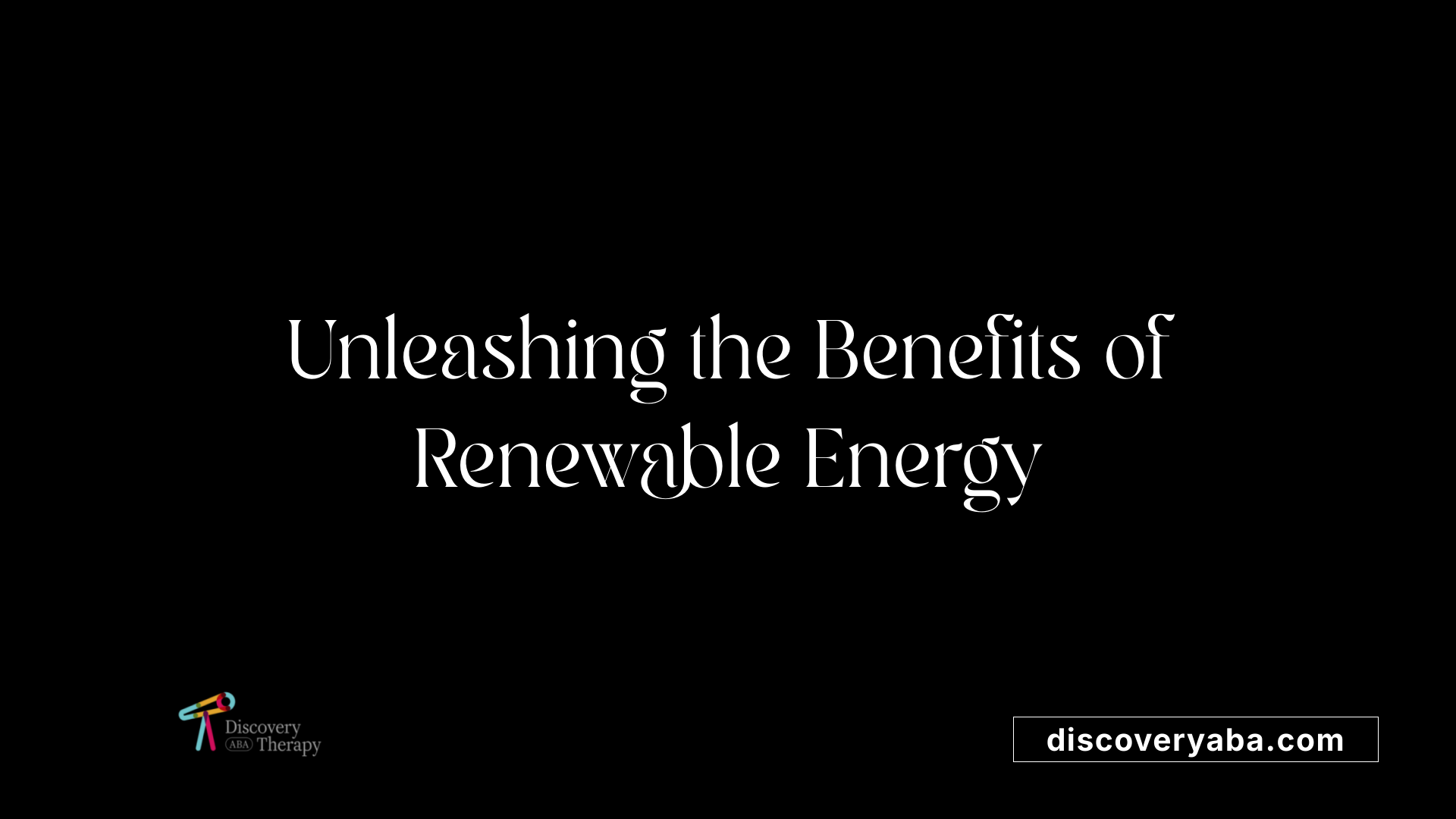
What are the environmental, health, and educational benefits of renewable energy in autism-friendly schools?
Renewable energy in autism-friendly schools brings significant environmental advantages. For instance, the installation of solar panels can allow schools to cover up to 75% of their electricity needs, translating into annual savings ranging from $20,000 to $30,000. This financial relief enables schools to redirect funds towards crucial autism programs and resources, making education more accessible for students with autism.
On the environmental side, reducing dependency on fossil fuels significantly decreases harmful emissions like CO2, NOx, and SO2. This leads to a cleaner atmosphere, which is particularly beneficial for students who are sensitive to poor air quality. Enhanced air particulates contribute to the overall health of all students, allowing for healthier indoor environments characterized by fewer respiratory issues and improved well-being.
The educational improvements associated with renewable energy are equally impactful. Implementing solar energy projects fosters engaging learning opportunities that help students understand sustainability and eco-friendly technologies. Schools can incorporate hands-on activities related to renewable energy systems into their curriculum, which aids in not just fostering environmental stewardship but also creating a sense of responsibility among students.
Here’s a summary of the key benefits of integrating renewable energy in autism-focused educational environments:
| Benefit | Description | Impact on Students |
|---|---|---|
| Environmental Improvement | Reduction of greenhouse gas emissions and pollutants leading to cleaner air | Better air quality, particularly important for students with sensory sensitivities |
| Health Advantages | Improved air quality and reduced noise pollution promote well-being | Enhanced focus, comfort, and reduced discomfort for autistic students |
| Educational Enhancements | Hands-on learning experiences around sustainable practices prepare students for future workforce roles | Increased engagement and understanding of sustainability and technology |
In summary, the integration of renewable energy in schools tailored for autistic students not only creates a more conducive learning environment but also cultivates a future-ready and eco-conscious generation.
Transforming School Environments with Renewable Solutions
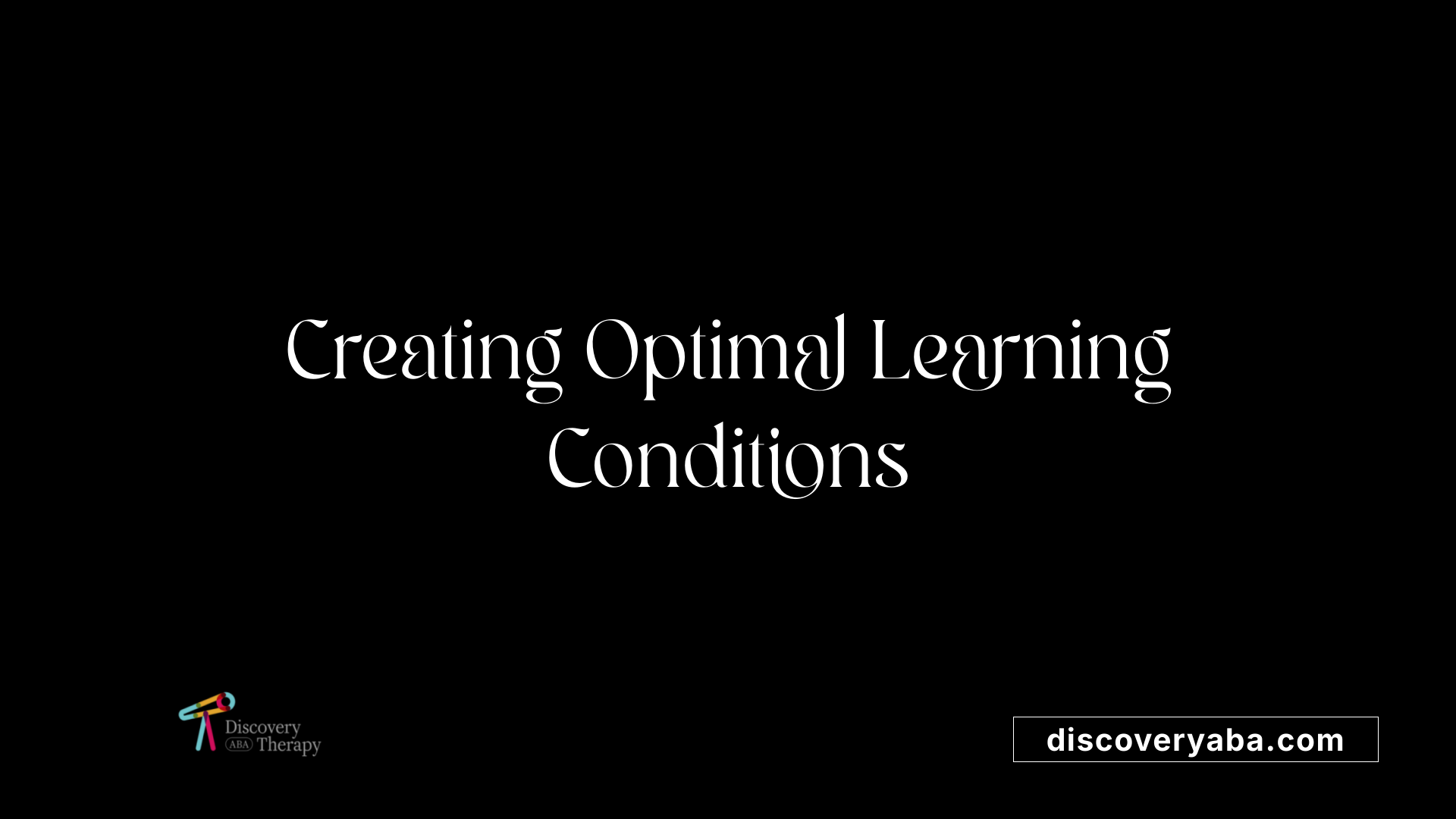
Improved Learning Conditions
Integrating renewable energy solutions such as solar panels and wind turbines into autism-friendly schools enhances the overall learning environment. These systems not only reduce energy costs but improve air quality and create healthier indoor spaces. With better insulation and energy-efficient designs, classrooms can maintain a stable temperature while minimizing noise levels, fostering an environment conducive to learning for all students, particularly those with autism.
Reduced Sensory Distractions
Renewable energy initiatives contribute to quieter school settings, which is vital for students on the autism spectrum. By replacing harsh fluorescent lighting with energy-efficient LED options that reduce flickering and glare, educators can help minimize sensory overload. Natural lighting from renewable systems not only beautifies the space but also creates a calming atmosphere. Additionally, improved indoor environmental quality (IEQ) leads to less discomfort from external distractions, providing students with clearer focus.
Enhanced Educational Outcomes
The shift towards sustainable energy not only benefits the physical learning environment but also positively influences educational outcomes. Schools that adopt renewable energy can save significant amounts on electricity bills—up to 75%, which can then be reallocated to programs specifically designed for students with autism. This funding can be used for educational resources, sensory-friendly classrooms, and tailored support services. Integrating sustainability into the curriculum promotes responsibility among students, instilling eco-friendly values while enhancing their overall learning experience.
Financial and Structural Barriers to Renewable Energy Adoption
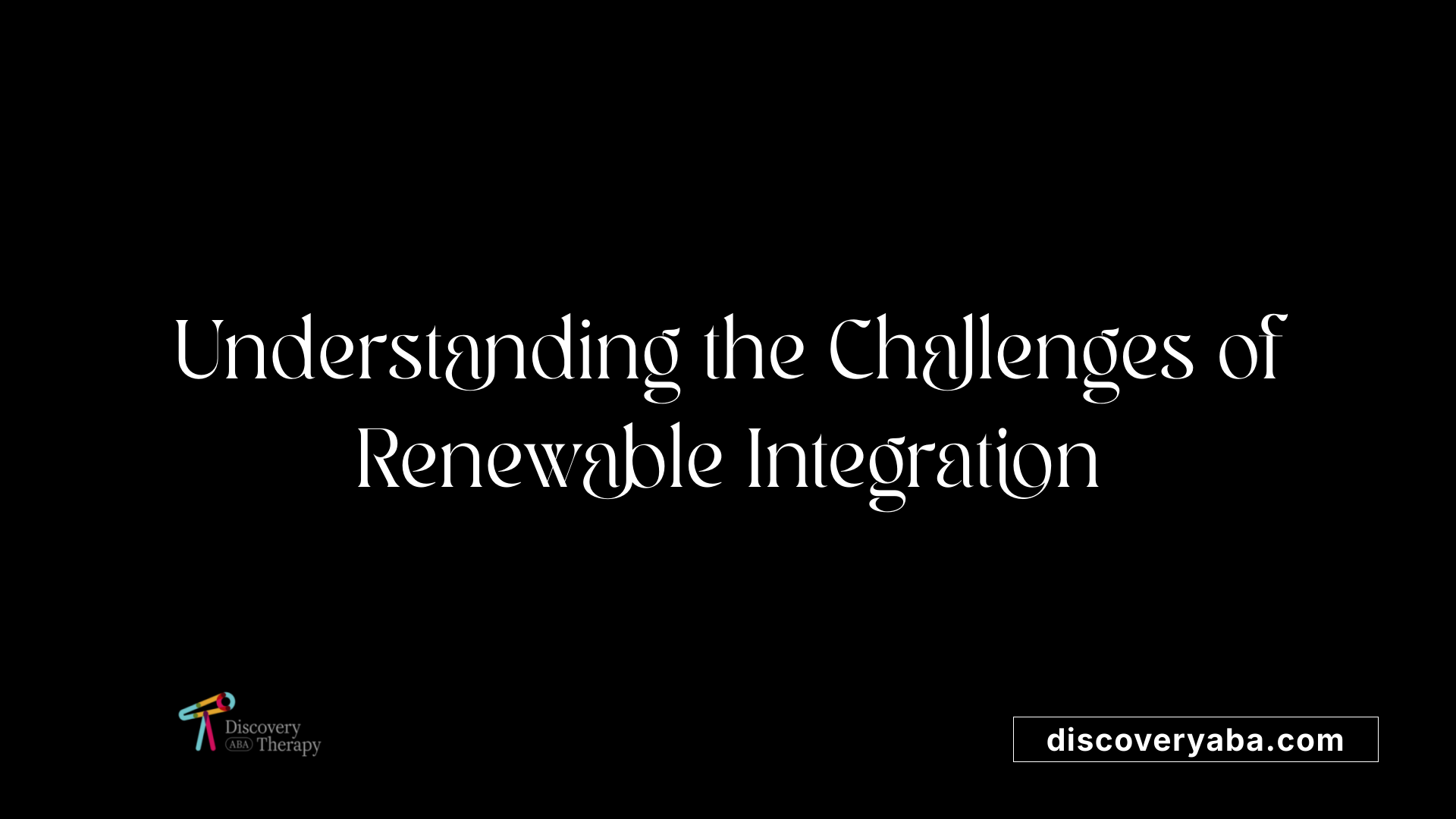
Why is renewable energy not used more frequently in schools?
The integration of renewable energy in schools faces several notable challenges. One of the primary barriers is financial constraints. The initial costs for installing renewable energy systems, such as solar panels or wind turbines, can be substantial compared to traditional fossil fuel sources. Schools often operate under tight budgets, making significant investments challenging despite potential long-term savings.
Apart from financial hurdles, infrastructure requirements present additional obstacles. Many schools lack the necessary facilities or structural modifications to support renewable energy systems effectively. For instance, installations may require space for solar panels or modifications for wind turbines, which not every school can accommodate.
Moreover, reliability issues add to the complexity of renewable energy adoption. Renewable energy sources like solar and wind are dependent on weather conditions, presenting a challenge in ensuring a consistent power supply without energy storage solutions. This can lead to unpredictability in energy availability, raising concerns for facilities that require steady energy, particularly autism support centers.
Although programs such as Alliant Energy's Renewable Energy Partner program exist to help entities transition to renewables without upfront capital costs, similar options for educational institutions are often limited. As a result, the shift towards a more diverse energy mix continues to be a slow process, influenced by economic feasibility and operational readiness.
Best Practices for Renewable Integration in Schools
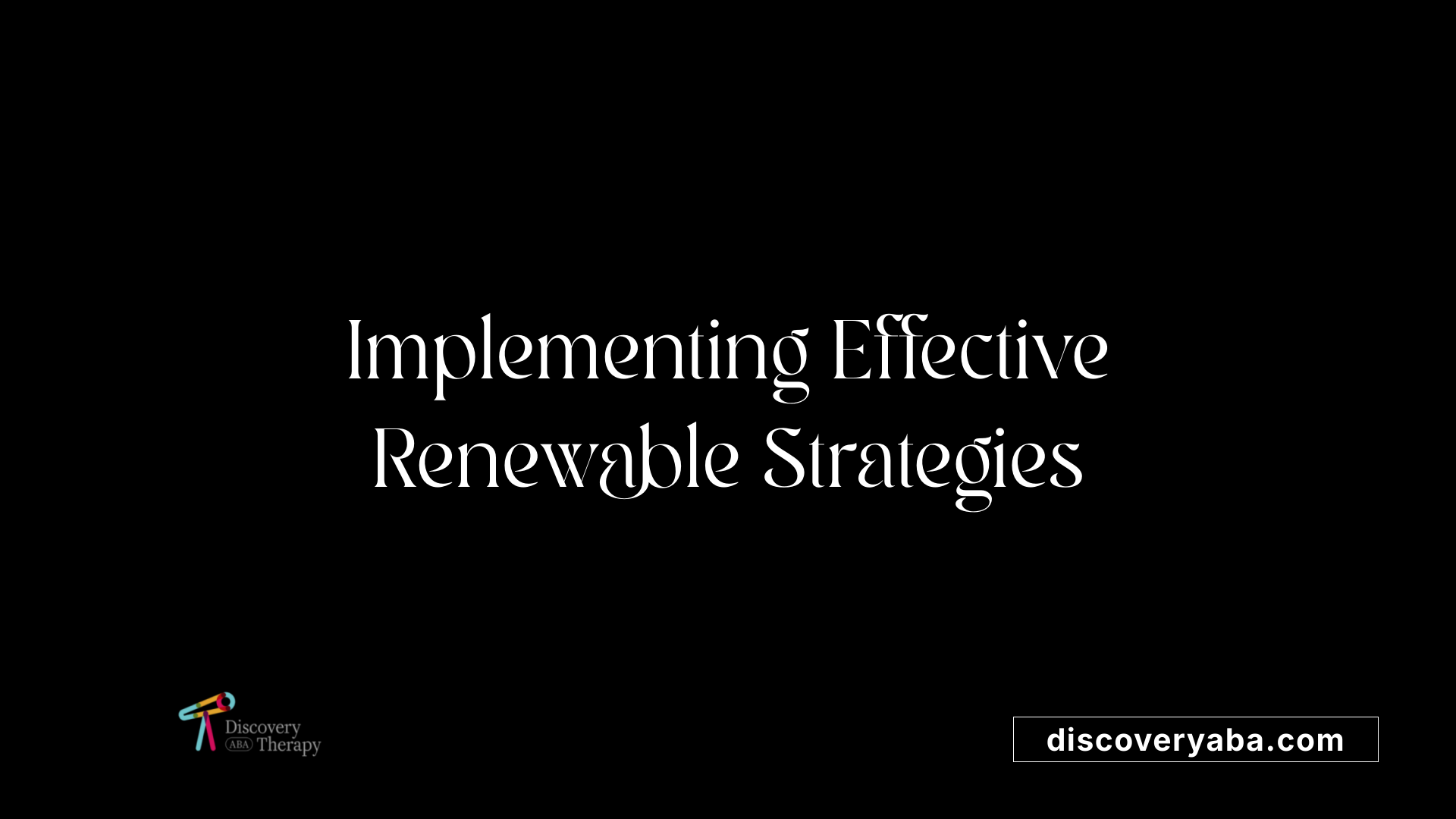
What are the best practices for using renewable energy in schools?
Integrating renewable energy into schools is a multifaceted approach that can yield significant benefits for students, especially those on the autism spectrum. Here are some best practices to consider:
Install Solar Panels: The first step is assessing the school's solar potential by evaluating location, sunlight exposure, and shading from trees or buildings. This ensures optimum energy generation and efficiency from solar panels.
Upgrade Energy Efficiency: Prioritize the installation of energy-efficient lighting, such as LED bulbs, which can dramatically reduce energy consumption, sometimes by up to 75%. Improved HVAC systems also contribute to a healthier learning environment by maintaining optimal indoor air quality.
Curriculum Integration: Schools should weave renewable energy education into their curriculums. This can be as simple as hands-on projects involving solar power, which promotes awareness and encourages students to engage with sustainability concepts.
Collaborative Efforts: Forming partnerships with local governments and organizations can unlock resources and funding opportunities for renewable projects. Grants and incentives can be vital to financially support transitions to greener practices.
Conduct Energy Audits: Regular energy audits can help schools identify inefficiencies in their current systems, allowing for more informed decisions regarding upgrades or new installations.
Table: Summary of Best Practices for Renewable Energy Integration
| Practice | Benefits | Implementation Tips |
|---|---|---|
| Install Solar Panels | Reduces electricity costs and carbon footprint | Assess site for optimal sunlight and shading |
| Upgrade Energy Efficiency | Improves air quality and comfort for sensitive learners | Use LEDs and energy-efficient HVAC systems |
| Curriculum Integration | Enhances student awareness of sustainability | Incorporate hands-on activities related to renewable energy |
| Collaborative Efforts | Provides funding and resource access | Partner with local organizations and government initiatives |
| Conduct Energy Audits | Identifies areas for improvement | Regularly assess energy consumption and efficiency |
Integrating these practices not only fosters an eco-friendly environment but also enriches the learning experience for all students, particularly those with autism, creating supportive and engaging school settings.
Sustainable School Infrastructure for Autism-Affected Students

Enhanced Indoor Environmental Quality
Integrating renewable energy systems like solar panels and wind turbines in schools can drastically improve the indoor environmental quality (IEQ). Schools with these systems benefit from enhanced air quality, which is especially crucial for students with autism who may have heightened sensitivities. Cleaner air helps reduce respiratory issues and enhances overall well-being, creating a more conducive learning environment.
Energy-Efficient Architecture
Using sustainable architectural practices, such as energy-efficient designs, ensures comfortable, autism-friendly classrooms. Features like optimized natural lighting and proper insulation can lead to better temperature control and reduced energy consumption. Implementing LED lighting significantly lowers the strain caused by harsh fluorescent lighting, which can be disruptive for many students.
Noise and Light Control
Strategies to reduce noise pollution, such as soundproofing materials and smart lighting systems, can create calmer atmospheres for students with autism. By minimizing distractions, these design elements foster better focus and engagement. Schools can utilize noise-reducing materials alongside energy-efficient practices to build an environment that supports sensory needs.
| Topic | Key Features | Benefits for Autism Students |
|---|---|---|
| Indoor Environmental Quality | Improved air quality with renewable systems | Reduces respiratory issues and promotes well-being |
| Energy-Efficient Architecture | Natural lighting, optimized designs | Less disruption from harsh lights and better comfort |
| Noise and Light Control | Soundproofing, smart lighting systems | Minimizes distractions, enhancing focus and learning |
The Role of Renewable Energy in Minimizing Sensory Distractions
Reduced Noise Pollution
Integrating renewable energy technologies, such as solar and wind power, plays a critical role in reducing noise pollution in educational settings. These systems operate quietly, contrasting sharply with traditional generators or HVAC systems that can create a disruptive environment. By minimizing background noise, students—especially those on the autism spectrum—experience fewer distractions, leading to enhanced focus and learning outcomes.
Improved Lighting Environment
Natural lighting, facilitated by renewable energy solutions, helps create a more comfortable learning atmosphere. Utilizing features like skylights and energy-efficient LED lights, schools can reduce the reliance on harsh fluorescent lighting, which often exacerbates sensory sensitivities. This shift not only enhances visibility but also fosters a calming environment that can aid concentration among students.
Sensory-Friendly Design
Implementing energy-efficient designs that prioritize sensory needs is essential in autism-friendly schools. This includes optimizing acoustics, lighting, and ventilation systems. For example, smart lighting systems can simulate natural light throughout the day, effectively enhancing engagement and reducing distractions. Additionally, incorporating quiet zones allows students to retreat and recharge, creating supportive spaces tailored to their comfort.
Economic Benefits and Resource Reallocation in Schools
Cost savings through renewable energy
Adopting renewable energy systems like solar panels can significantly reduce operational costs for schools. On average, schools can save between $20,000 to $30,000 annually on electricity bills. This reduction in expenses allows educational institutions to allocate more funds towards specialized programs, particularly those that support autism initiatives.
Funding redirection
With lowered utility costs, schools can effectively redirect savings into critical areas such as educational resources, training for staff, and accessibility improvements for students with autism. Sustainable energy practices facilitate the creation of autism-friendly environments that enhance learning and well-being for these students.
Economic advantages
The transition to renewable energy not only contributes to environmental sustainability but also stimulates local economies by creating job opportunities in the green energy sector. Schools that invest in renewable energy systems participate in a broader economic ecosystem that fosters community involvement and supports families of students with autism.
| Aspect | Impact | Benefits |
|---|---|---|
| Cost Savings | $20,000 to $30,000 annually | More budget for autism support programs |
| Funding Redirection | Resources for training and accessibility improvements | Enhanced learning environments for autistic students |
| Economic Advantages | Job creation in the green energy sector | Stimulates local community and strengthens support for families |
Renewable Energy Technologies and Educational Tools
Incorporating Technologies in the Curriculum
The integration of renewable energy technologies in schools provides a fantastic opportunity to incorporate sustainability into the curriculum. Using real-world examples like solar panels and wind turbines allows students, especially those with autism, to connect their learning to meaningful environmental issues. It helps create a dynamic learning experience that promotes understanding of renewable energy concepts while fostering inclusivity.
Hands-on Learning Opportunities
Moreover, hands-on learning opportunities related to renewable energy can engage students in practical applications. Activities such as building small solar-powered devices or conducting energy audits encourage active participation. This approach not only enhances academic learning but also addresses the unique sensory needs of students by involving them in tactile and visual projects in a structured environment.
Fostering Environmental Stewardship
Fostering a sense of responsibility toward the environment is another benefit of integrating renewable energy into education. When students learn about sustainability practices, they become more mindful of their role in conserving energy and protecting natural resources. This education not only benefits those on the autism spectrum but also cultivates an eco-conscious mindset among all students, preparing them to contribute positively to their communities.
Community and Workforce Impacts of Renewable Adoption
Job Creation and Community Involvement
Adopting renewable energy in schools not only focuses on improving learning environments but also has a substantial impact on local communities. Renewable energy initiatives create various job opportunities, including those in installation, maintenance, and management of renewable systems, such as solar panels and wind turbines. This influx of jobs can significantly stimulate the local economy, particularly in regions where communities are looking for sustainable growth avenues.
Inclusive Workforce Opportunities
Focusing on jobs in the renewable sector also opens up inclusive workforce opportunities, particularly for individuals with autism. Many autism support programs can collaborate with renewable energy organizations, offering training and employment for autistic individuals, thereby enhancing their skills and economic independence. This creates a more diverse workforce that benefits both the individuals and the organizations involved.
Sustainability Initiatives
Furthermore, schools that embrace renewable energy become beacons of sustainability in their communities. By showcasing the benefits of clean energy adoption, they inspire local families and other institutions to follow suit, promoting environmental responsibility. These initiatives lay the groundwork for future generations who will continue to advocate for eco-friendly practices, enriching the culture of sustainability for those on the autism spectrum and beyond.
The Future of Renewable Energy in Autism-Friendly Education
Emerging Technologies
The landscape of renewable energy in education is evolving rapidly, with new technologies continuously emerging. Innovations like advanced solar panel systems and bladeless wind turbines enhance energy capture while minimizing noise and sensory distractions, creating better environments for students with autism.
Forward-Looking Sustainability Goals
As schools embrace sustainability, they set forward-looking goals aimed at reducing environmental impact. The integration of renewable energy not only lowers carbon footprints but also lessens operating costs, allowing schools to channel resources into autism support programs. This holistic approach nurtures an inclusive educational framework that benefits all learners.
Long-Term School Strategies
Adopting renewable energy solutions is part of a long-term strategy for many schools, especially those focused on creating autism-friendly spaces. By investing in sustainable practices, institutions can achieve significant savings on utility bills. Resources can then be redirected to enhance autism programs, thereby enriching the educational experience for students on the spectrum.
| Focus Area | Potential Benefits | Examples |
|---|---|---|
| Emerging Technologies | Increased energy efficiency | Advanced solar systems |
| Sustainability Goals | Reduced carbon footprint | Integration of wind energy |
| Long-Term Strategies | Financial savings for autism programs | Energy-efficient infrastructure |
Conclusion: A Sustainable Path Forward
Renewable energy in autism-friendly schools holds the promise of transforming educational environments into more inclusive and sustainable havens for learning. By overcoming initial financial and infrastructural challenges, integrating these technologies can offer significant benefits, both in terms of environmental impact and the quality of education provided. As schools embrace this transition, they serve not only as educational institutions but also as beacons of sustainability and innovation, preparing students for a greener future. With continued investment and commitment, the synergy between autism-friendly educational practices and renewable energy can yield profound enhancements in learning outcomes, community engagement, and environmental stewardship.
References
Find More Articles

How ABA Therapy Teaches Communication and Social Skills
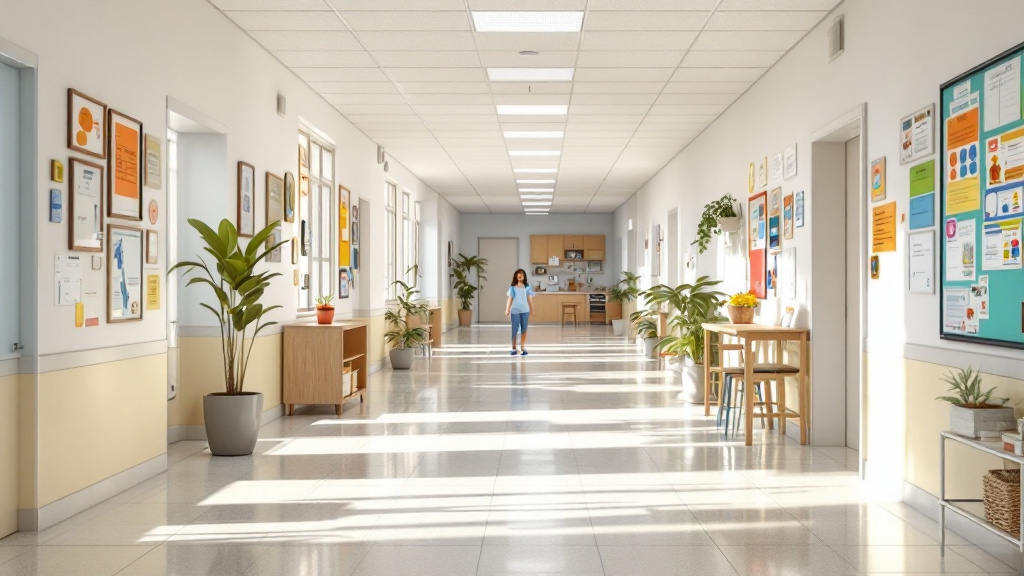
How School-Based ABA Services Help Students with Autism Thrive

How ABA Therapy Helps Develop Patience and Waiting Skills

How to Support Your Child’s Social Interactions Using ABA Techniques

How ABA Therapy Addresses Anxiety and Fear Responses in Children

The Role of Play-Based ABA Therapy in Skill Development

How ABA Therapy Helps Build Confidence in Children with Autism

The Benefits of Center-Based ABA Therapy for School Readiness

The Role of ABA Therapy in Building Emotional Intelligence

How to Use Differential Reinforcement in ABA Therapy

Exploring Different ABA Techniques and Strategies

How to Prepare for IEP Meetings When Seeking ABA Therapy Support

How to Use ABA Therapy to Develop Resilience and Coping Mechanisms

How to Work with ABA Therapists to Set Realistic and Achievable Goals

How to Recognize Burnout in ABA Providers and Address It

The Connection Between ABA Therapy and Improved Social Skills

How ABA Therapy Helps Address Aggressive Behaviors
.jpeg)
Does Processed Food Cause Autism?

The Benefits of ABA Therapy for Adolescents with Autism

How to Reinforce ABA Strategies at Home for Consistent Progress

How to Create a Positive Learning Environment at Home with ABA

Autism And Dementia: The Connection and Differences

How ABA Therapy Supports a Lifetime of Learning and Growth

The Role of Functional Behavior Assessments in ABA

How ABA Therapy Helps with Anger Management Skills

How to Address Food Selectivity Using ABA Techniques

How ABA Therapy Supports a Smooth Transition to Middle and High School

How to Address Perseveration in ABA Therapy

The Role of Social Reinforcers in Motivating Positive Behavior

How to Navigate the Transition from ABA Therapy to School Support Services

How to Address Overstimulation and Meltdowns Using ABA Techniques

ABA for Anxiety in Adolescents with Autism
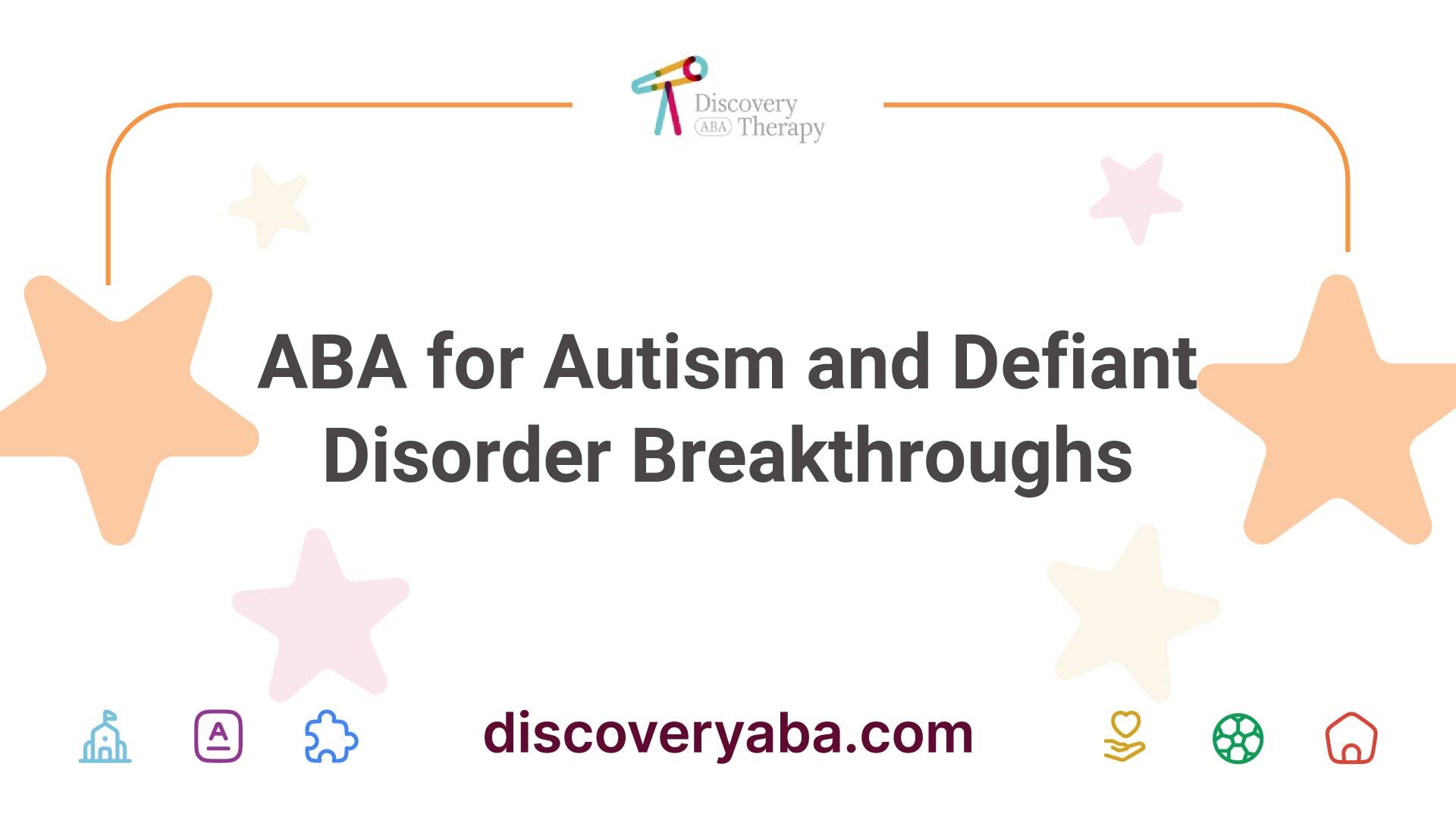
ABA for Autism and Defiant Disorder Breakthroughs

ABA for Behavioral Challenges in Autism

ABA for Picky Eating in Autism

ABA Intervention Techniques

ABA Reinforcement Methods

ABA Session Plans
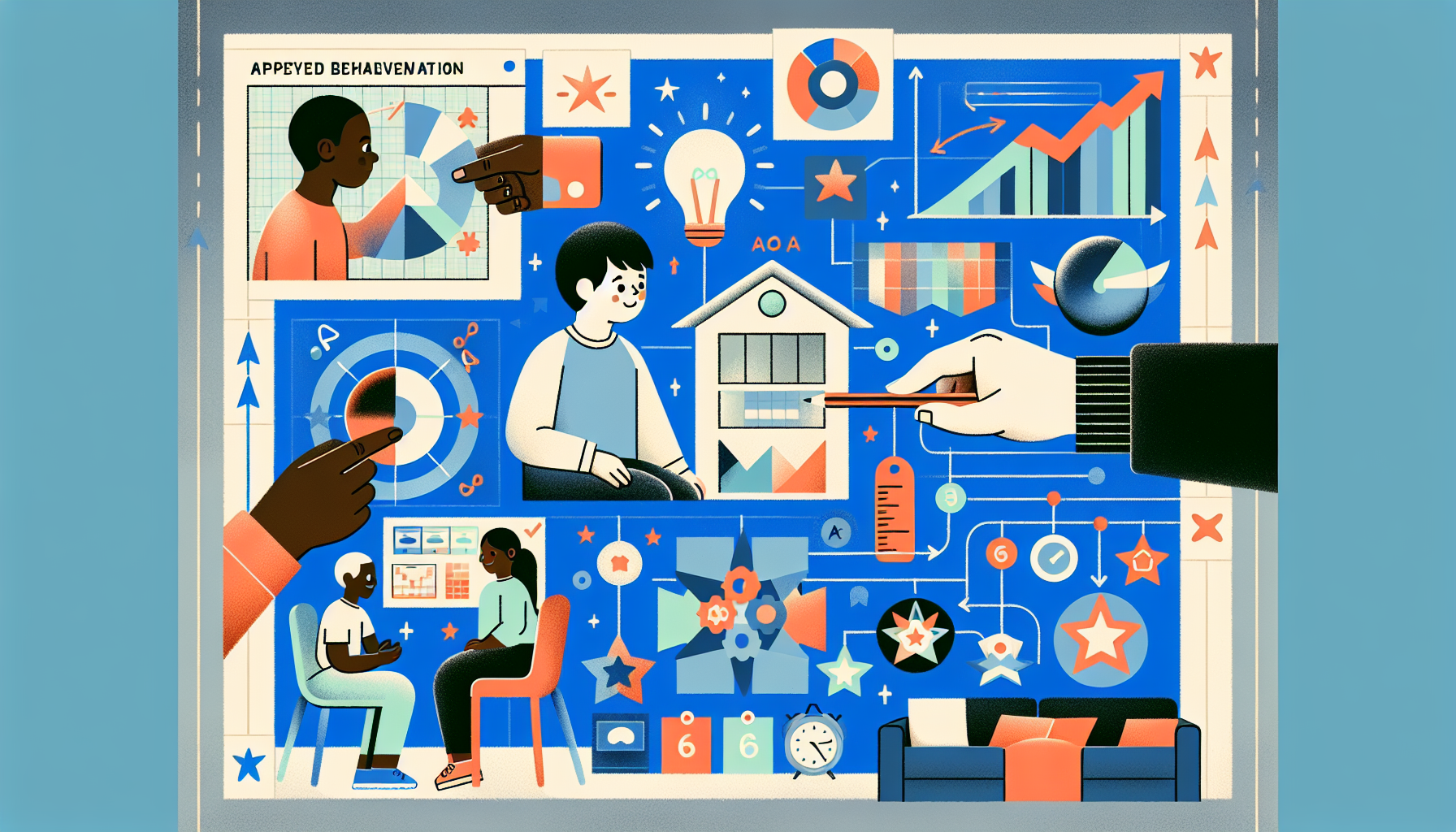
ABA Strategies for Behavior Modification
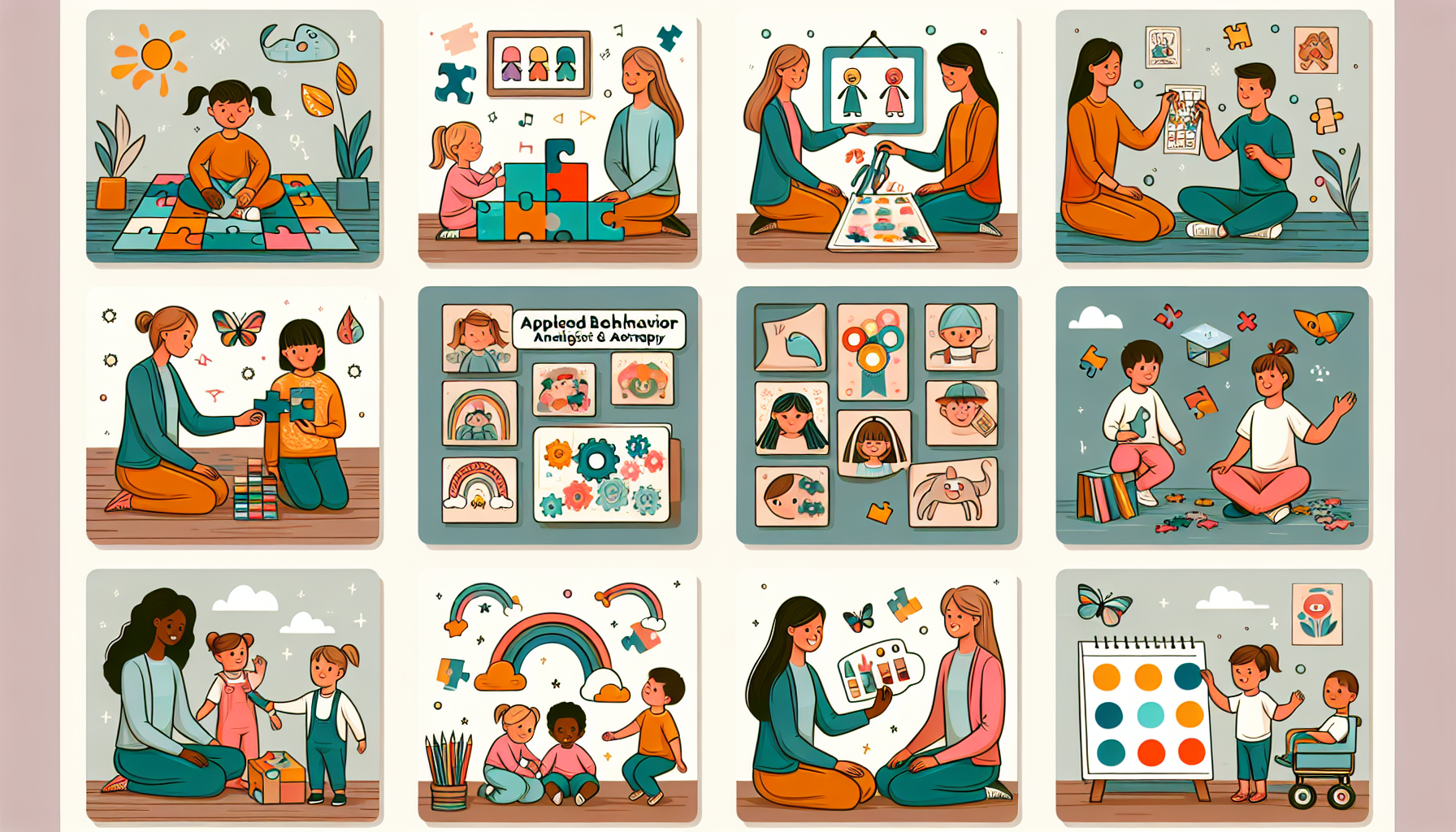
Innovative ABA Therapy Activities for Growth
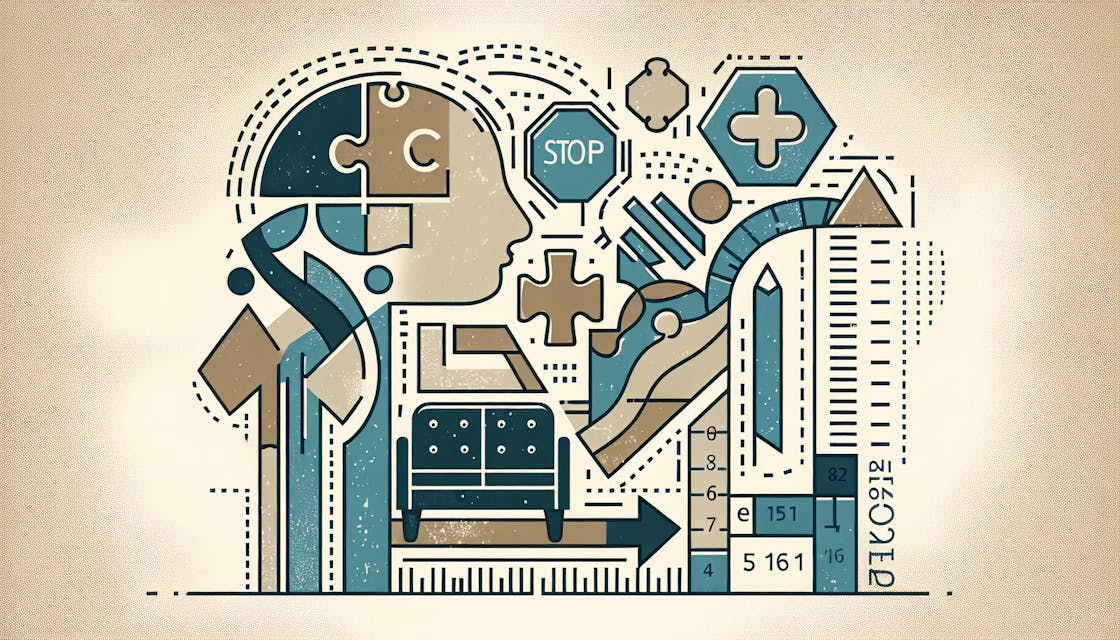
Exploring the ABA Therapy Age Limit Guidelines

ABA Therapy and Behavioral Assessment

ABA Therapy and Developmental Delays

ABA Therapy and Leisure Skills

ABA Therapy and Self Advocacy Skills
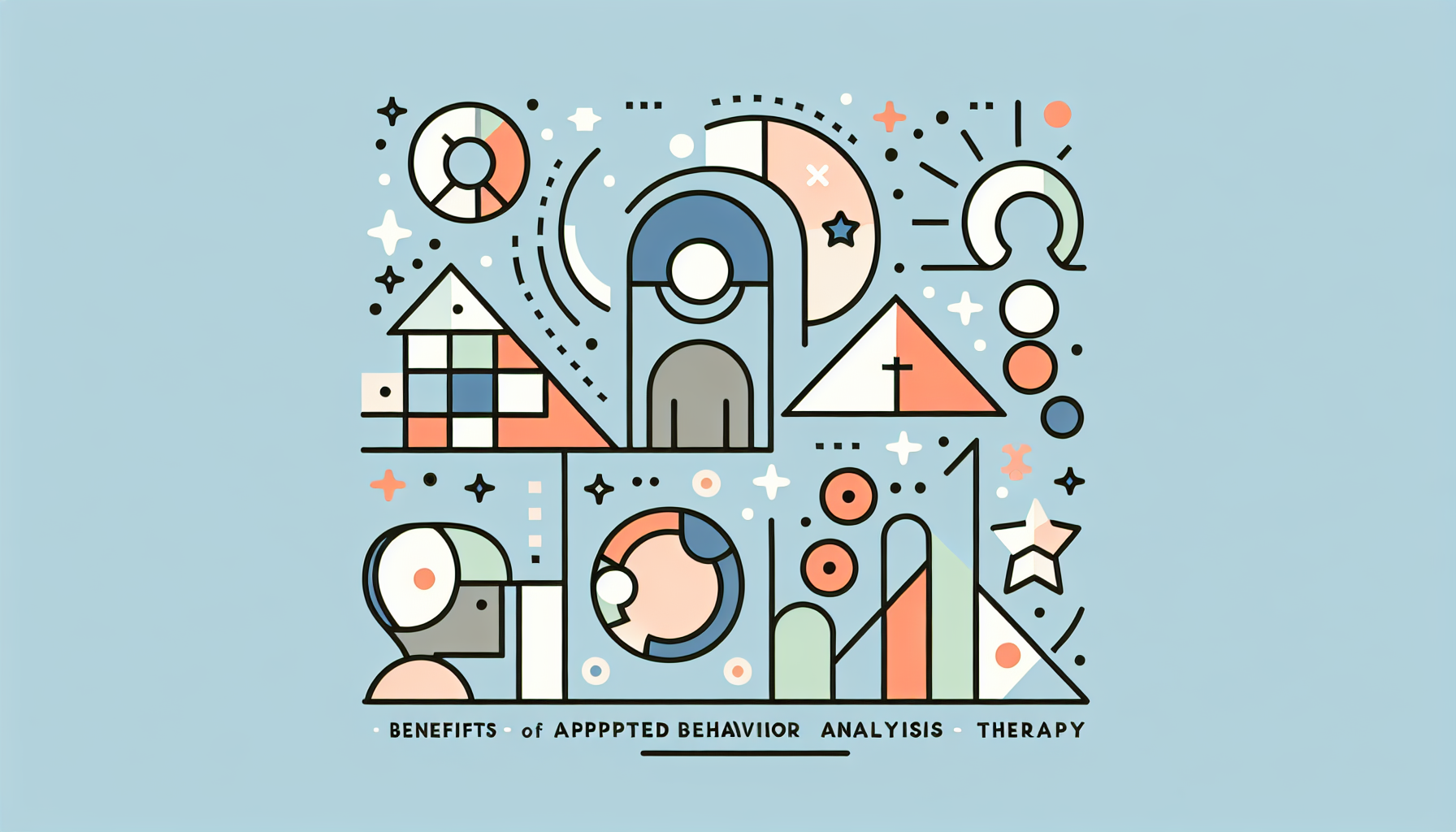
ABA Therapy Benefits

ABA Therapy for Autism Behavioral Health Programs

ABA Therapy for Autism Development Centers

ABA Therapy for Autism Treatment Services

ABA Therapy for High-Functioning Autism

ABA Therapy for OCD in Autism

ABA Therapy for Sensory Overload

ABA Therapy Near Me That Supports Medicaid

ABA Therapy Online Resources

A Closer Look at ABA Therapy Toys

ABA Therapy Training for Parents Unveiled

Actors with Autism
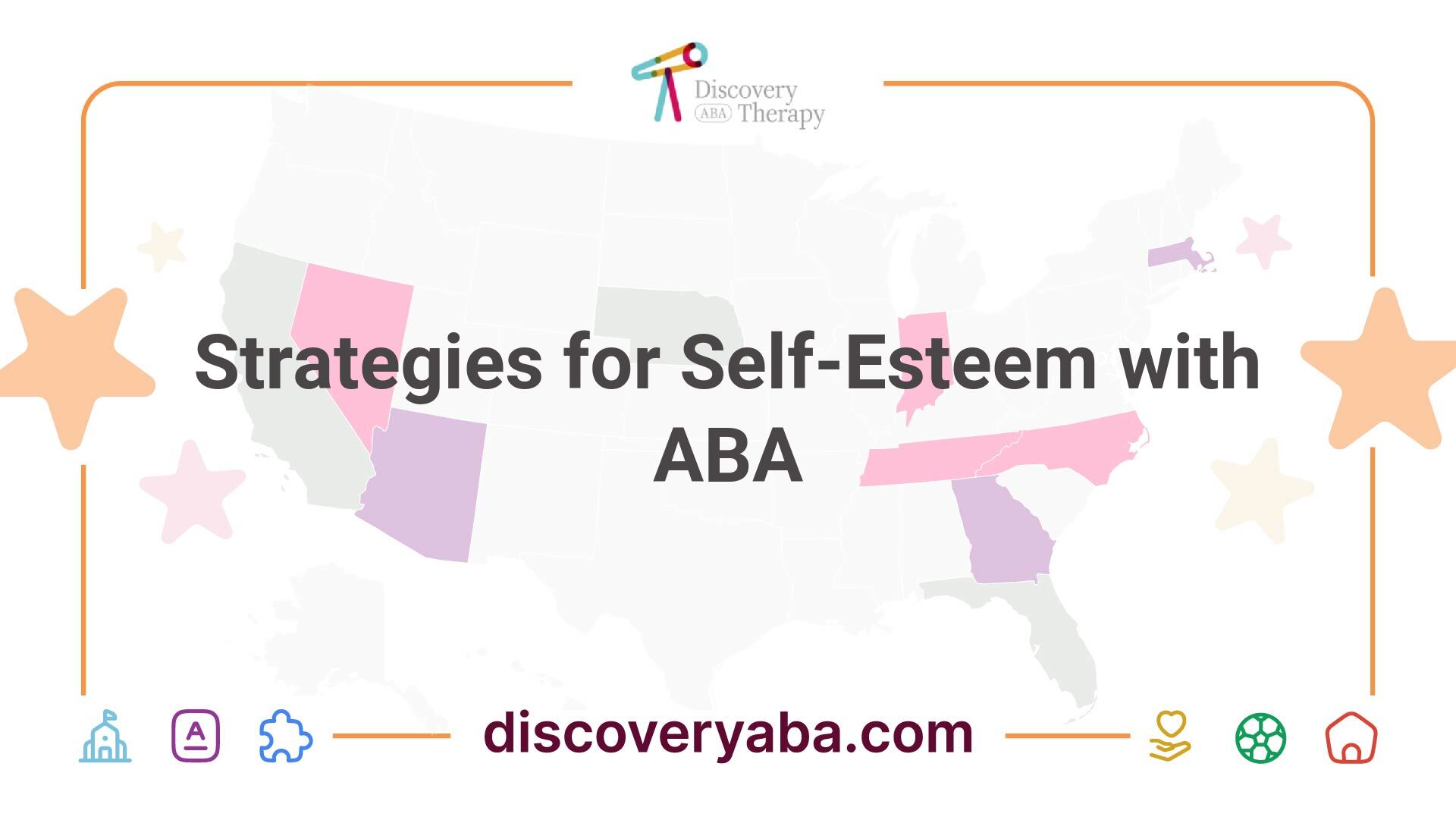
Strategies for Self-Esteem with ABA

Addressing Sensory Aversion in Autism

Addressing Sensory Seeking in Autism

Exploring Autism and Alternative Treatments: Alternative Paths to Progress
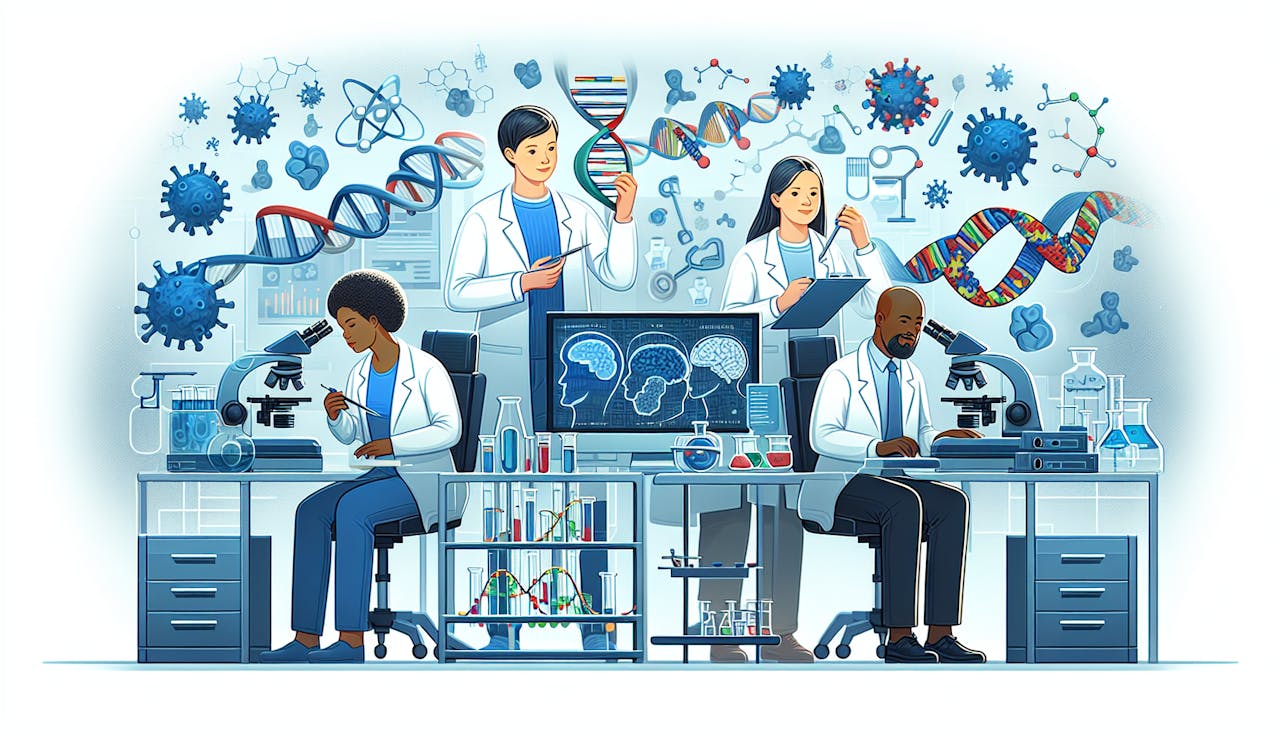
Exploring the Impact of Biomedical Interventions on Autism
.jpeg)
Autism And Bipolar Disorder

Exploring Complementary Therapies for Autism

Exploring the Impact of Equine Therapy on Autism: From Horses to Hope
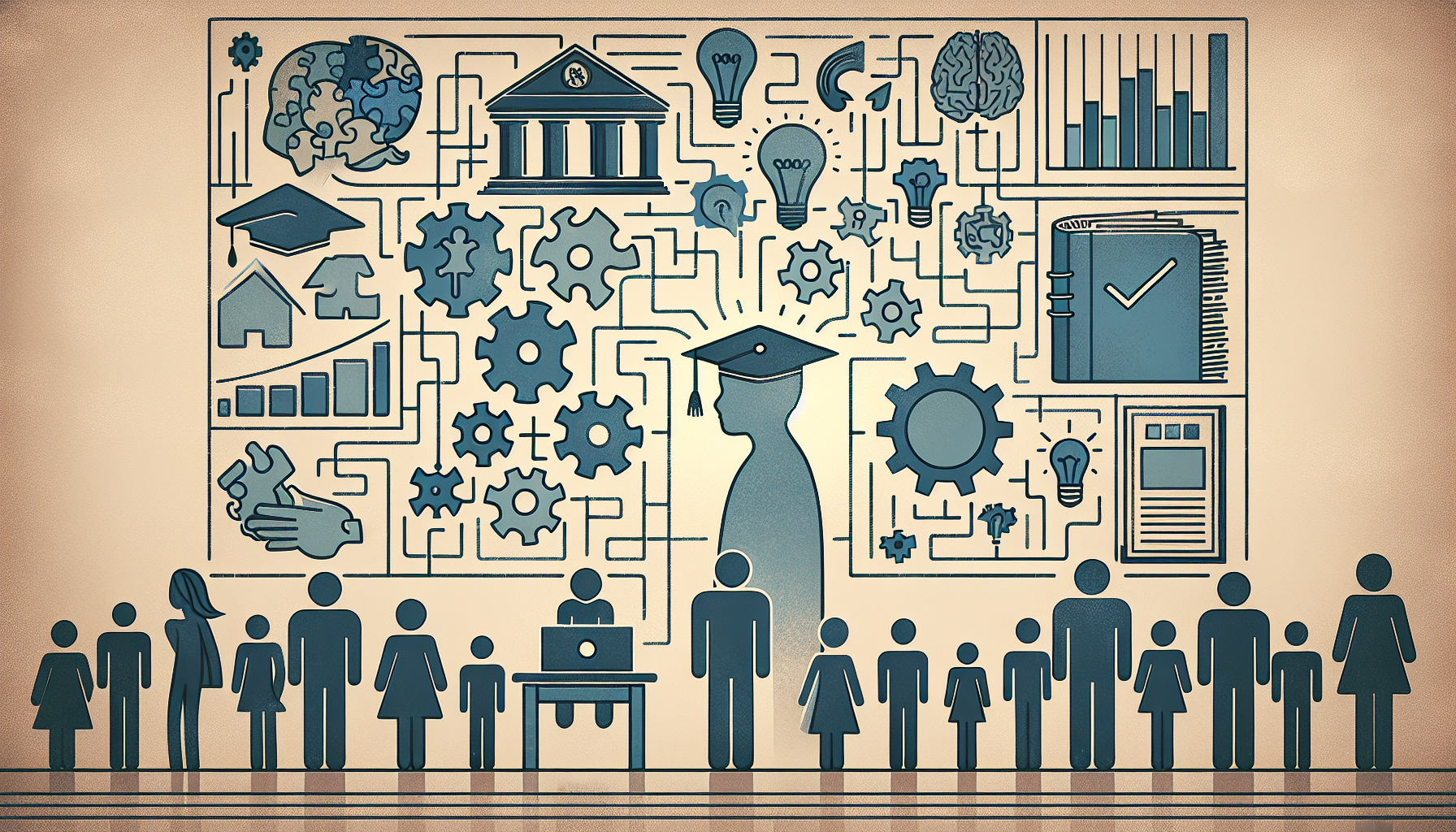
The Role of Postsecondary Education in Autism: Empowering Independence

Autism and Public Speaking

Therapy Animals and Autism Support: From Companions to Healers

Empowering Autism Through Vocational Training: Unlocking Potential

The Healing Effects of Autism Art Therapy
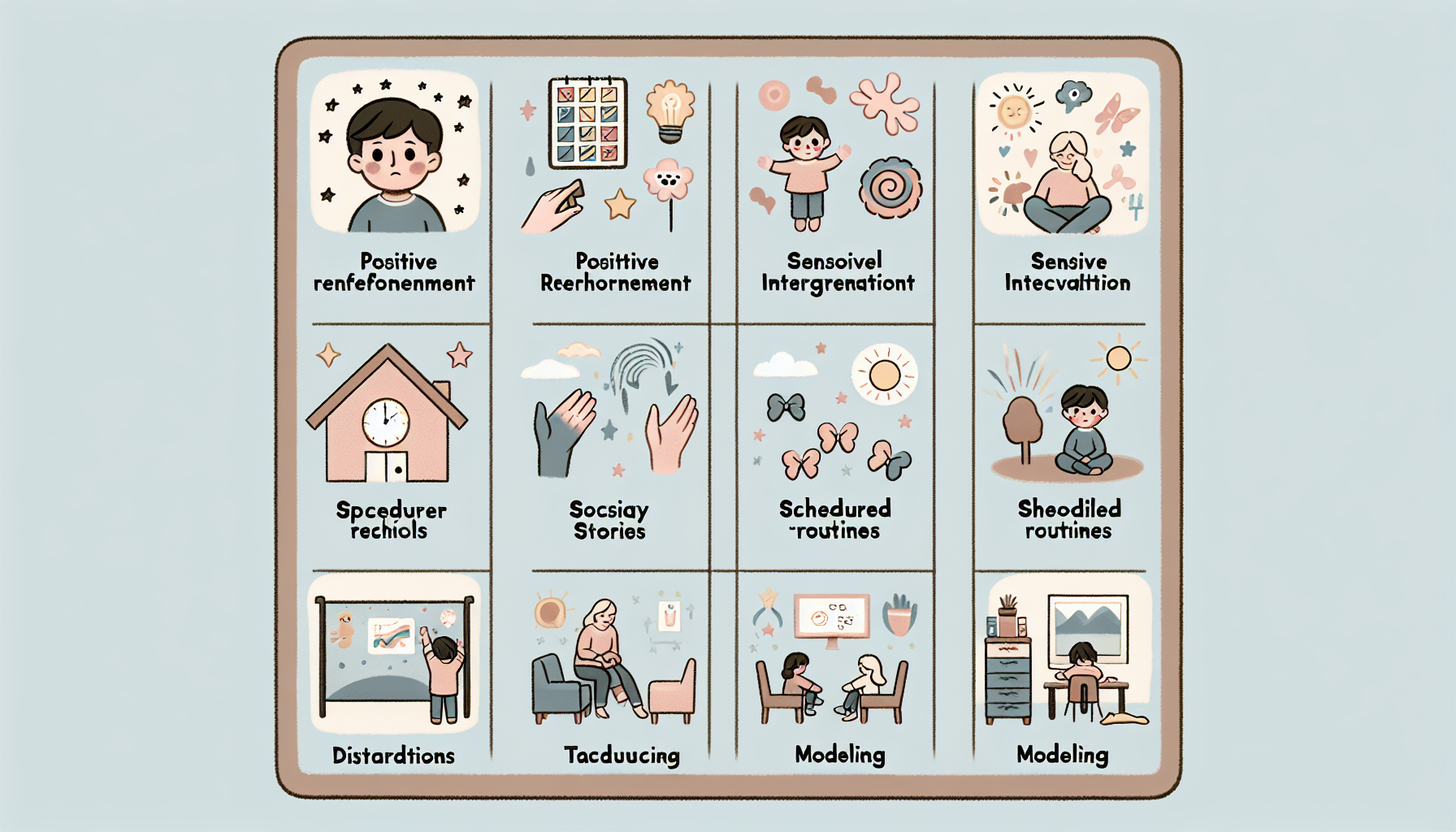
Unlocking the Key: Autism Behavior Strategies for Success

Autism Caregiver Services Near Me in the USA
.jpeg)
Understanding Autism Complications
.jpeg)
Autism Develop Planning and Organizational Skills

Tracking Autism Developmental Milestones
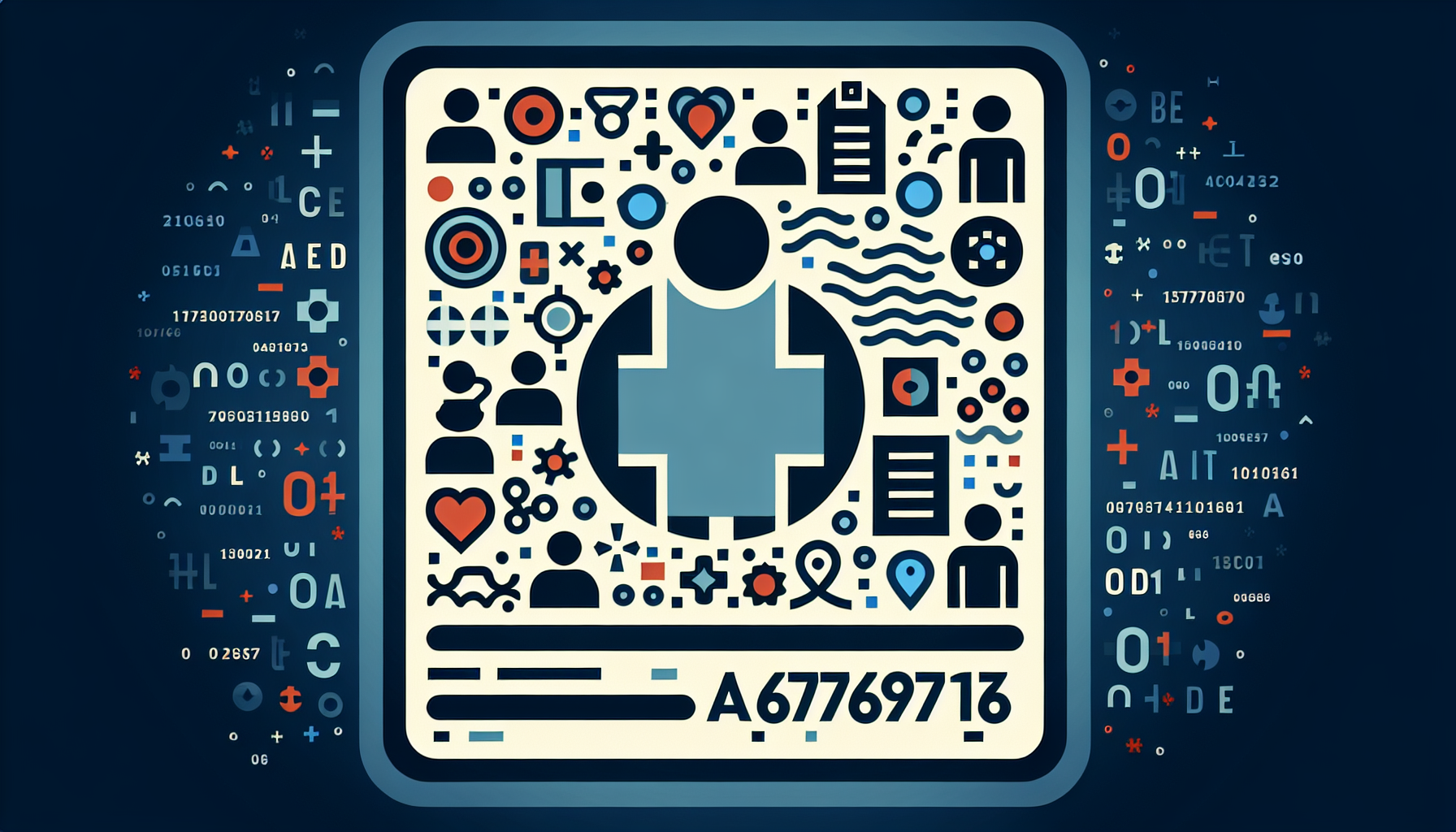
The Key to Understanding Autism: The Diagnosis Code Unveiled

Autism During Pregnancy: Signs & Prevention
.jpeg)
Autism Grants: Financial Support for Individuals

Autism Holistic Support for Well-being

Key Autism Life Skills Unveiled

Addressing Autism Prevalence in the State

The Role of Routine and Structure in Autism
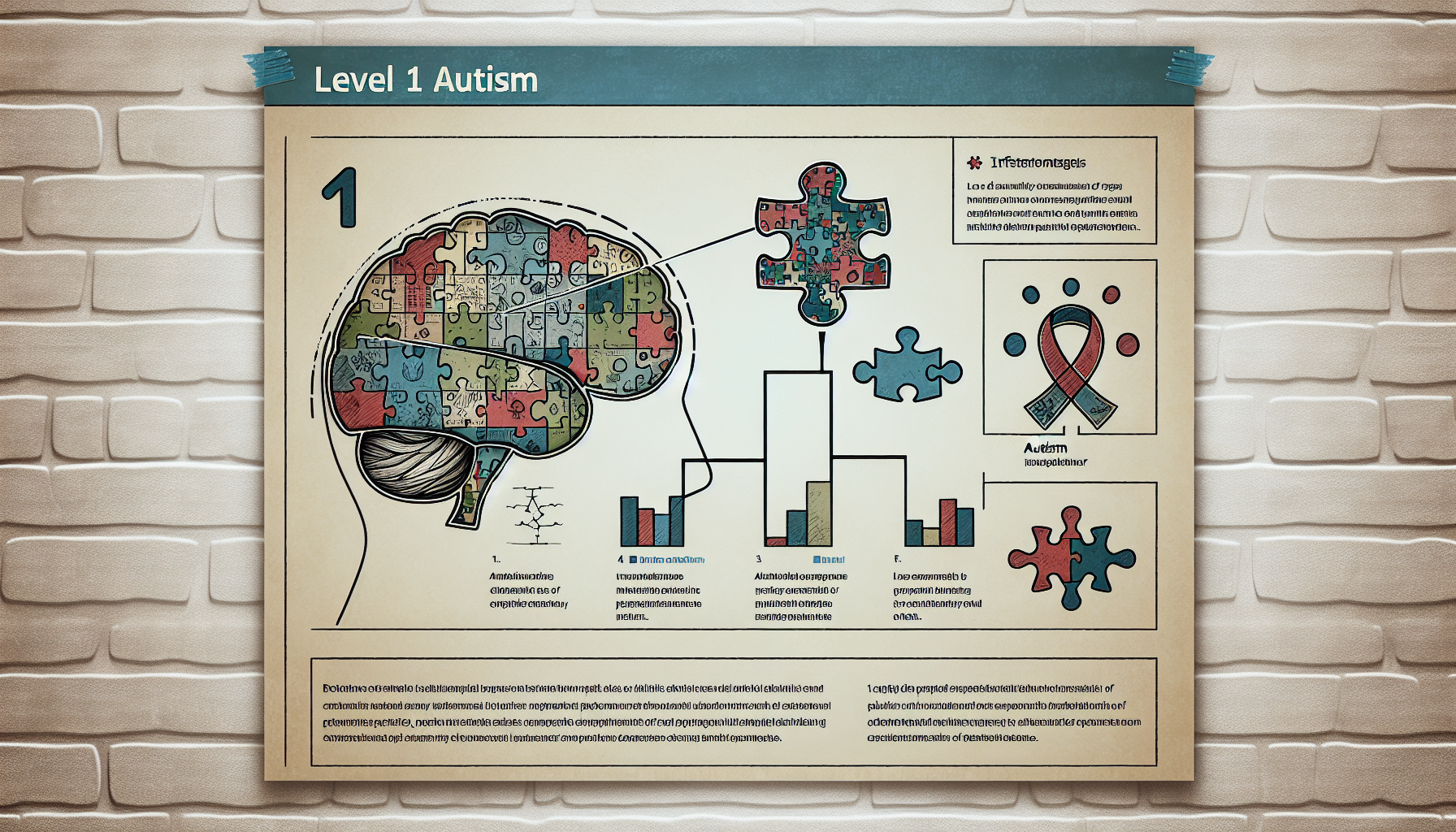
Demystifying Autism Spectrum Disorder Level 1 Symptoms

Silent Struggles: Confronting the Reality of Autism Speech Delay

Understanding Autism Stimming Behaviors

Autism Symptoms in Girls

Best Autism Toys for Toddlers Available

Thriving as an Autistic Young Adult

Is Your Autistic Adult Child Ready to Move Out?

How Art Therapy Benefits Individuals with Autism

Benefits of Music Therapy for Autism

Benefits of Play Therapy for Autism Explored
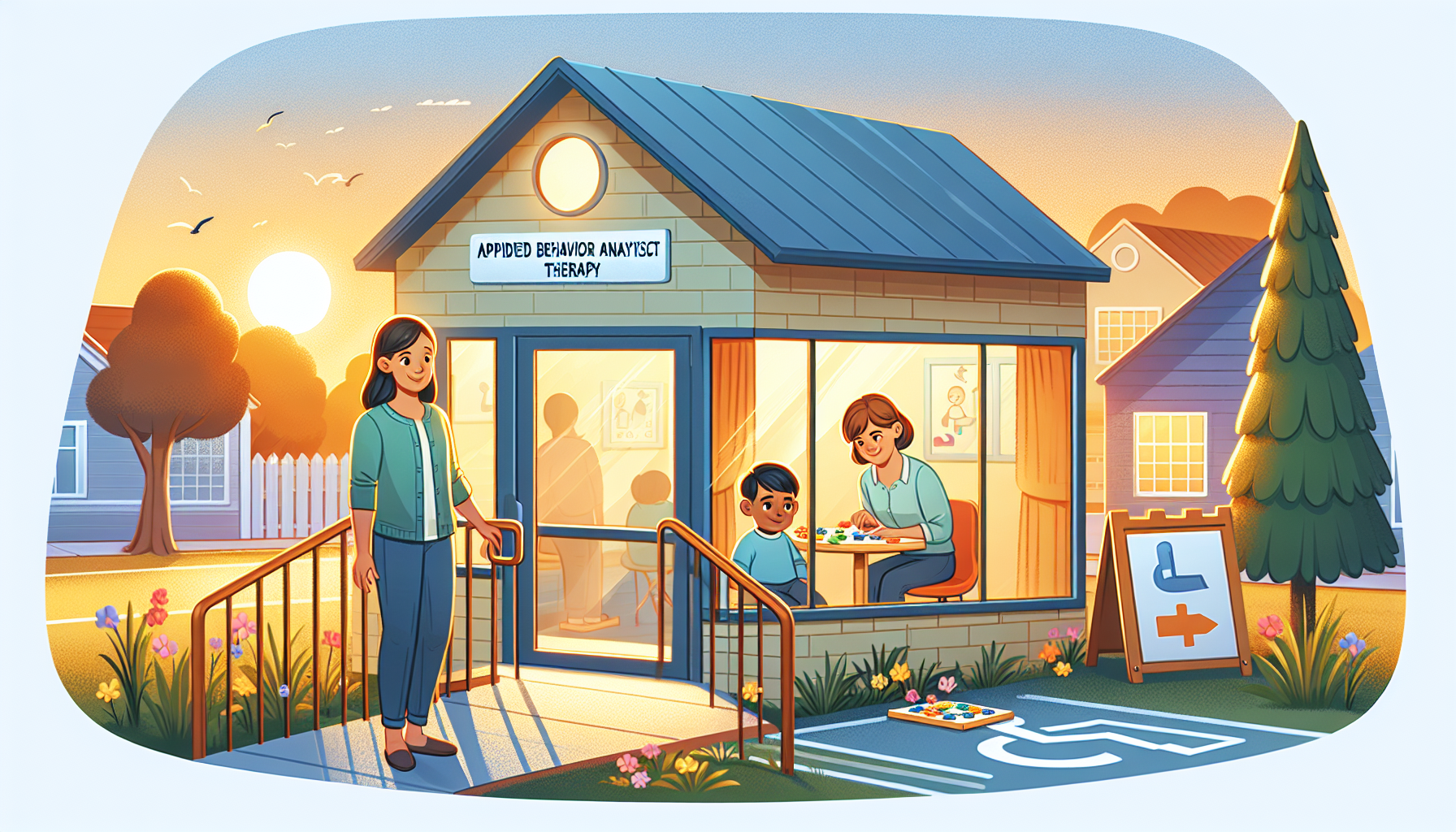
Navigating the Best ABA Therapy Near You

Borderline Autism in Adults
.jpeg)
Calming Strategies For Autism
.jpeg)
Can ADHD Cause Autism?
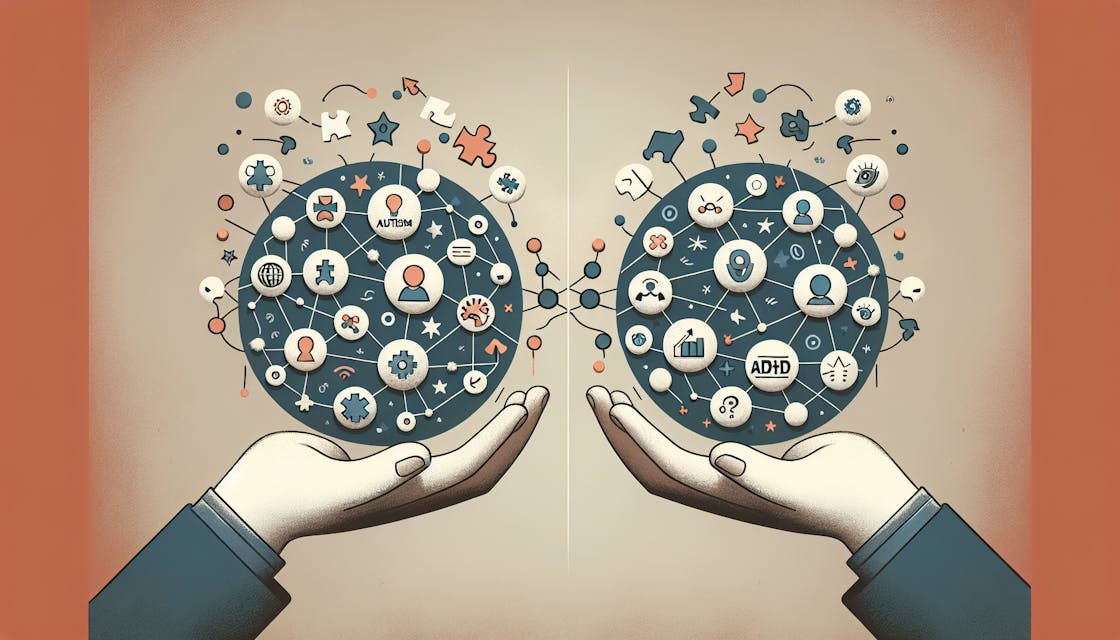
Can Autism and ADHD Overlap?
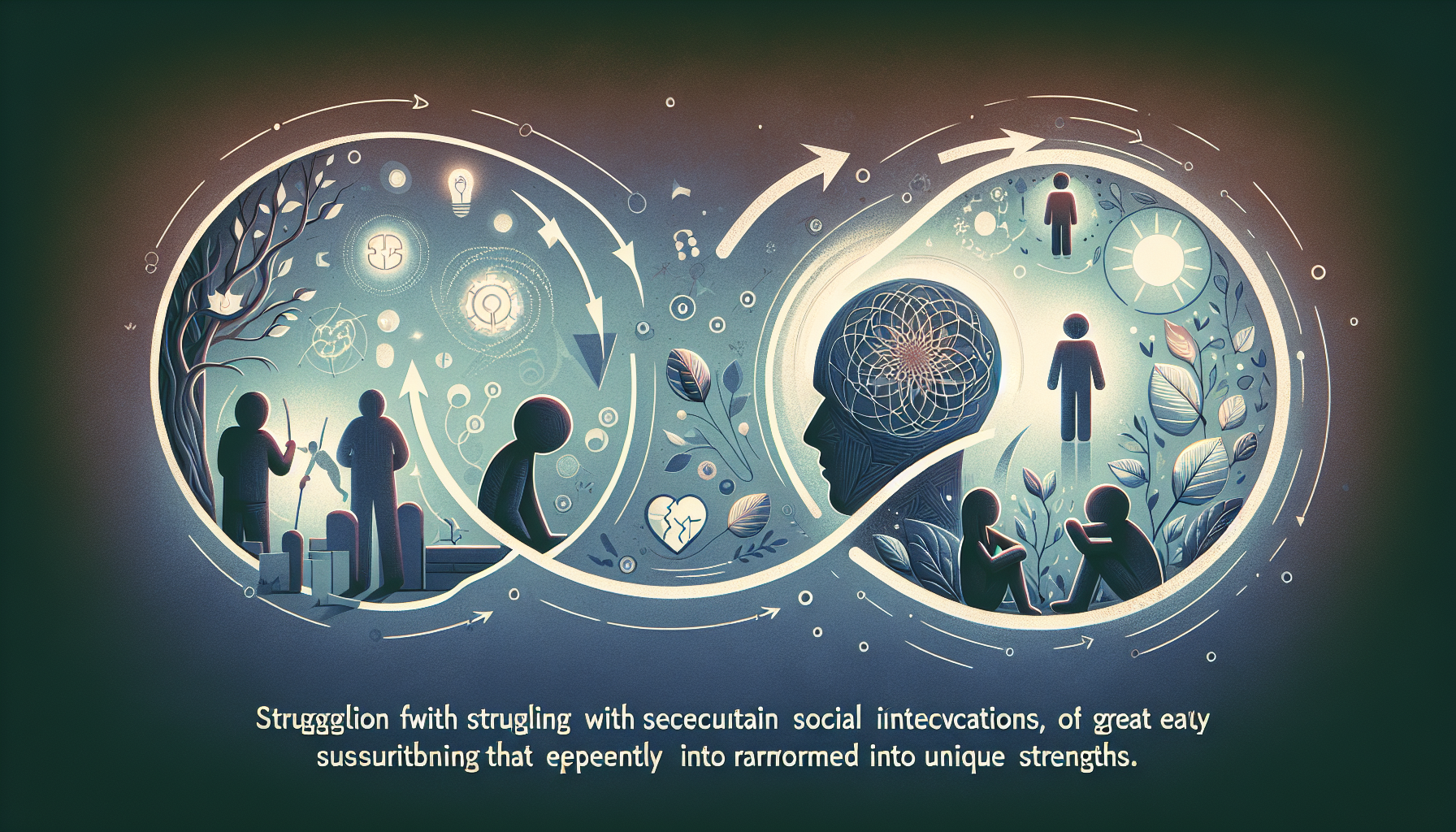
Can Autism Be Outgrown or Managed?

Can Autism Go Away? Can Children Outgrow It?
Contact us
North Carolina, Tennessee, Nevada, New Jersey, Utah, Virginia
New Hampshire, Maine
Massachusetts, Indiana, Arizona, Georgia
.avif)

